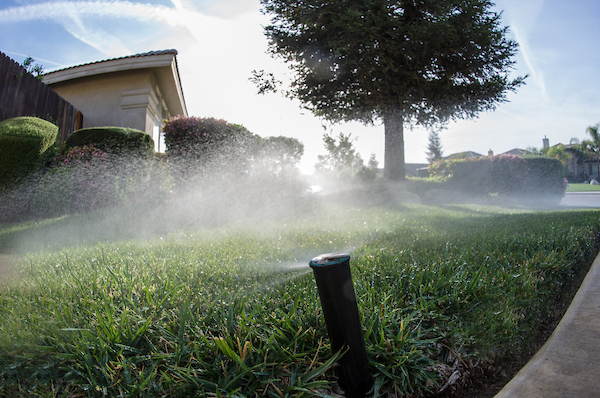PRESS RELEASE: More than 100 non-profit organizations and other water advocates have signed on to a statement that urges California leaders to lean into conservation as the first line of defense against future droughts and unreliable precipitation patterns in this era of climate change. Supporters of the statement range from environmental justice groups, including Clean Water Action, Community Water Center and Save California Salmon; conservation groups like the California Native Plant Society and the Center for Biological Diversity; labor group LAANE; and climate advocacy groups like Climate Resolve.
“Too many underserved communities have been unable to access the benefits of existing conservation programs,” noted Kyle Jones, Policy & Legal Director with the Community Water Center. “Solutions like direct installation of water-efficient appliances and drought-resilient outdoor landscaping provide multiple benefits at the community level while helping to keep water bills down for households. It’s both possible and essential to make conservation work for low-income communities and communities of color.”
California has a tremendous untapped potential to reduce urban water use by 30% to 48% if we make the most of water conservation and efficiency opportunities.
—Heather Cooley
Director of Research, Pacific Institute
The California Legislature passed two laws in 2018 to Make Conservation a California Way of Life, and Governor Newsom’s Water Supply Strategy calls for conserving at least 500,000 acre-feet of water every year by 2030. For context, 500,000 acre-feet is roughly equivalent to the amount of water used by the entire City of Los Angeles in a year or the amount of water that could be delivered by about nine new desalination plants similar to the Carlsbad plant.
“The groups that signed on to these principles recognize that investing in conservation, especially in urban areas, is the fastest and cheapest way for us to bring California’s water demand into balance with our increasingly unstable and unpredictable water supplies,” said Tracy Quinn, President and CEO of Heal the Bay and a longtime advocate for conservation. Quinn also serves as a Board Director of the Metropolitan Water District of Southern California, the largest water supplier in the United States.
“The good news is, California has a tremendous untapped potential to reduce urban water use by 30% to 48% if we make the most of water conservation and efficiency opportunities,” added Heather Cooley, Director of Research with the Pacific Institute. “And from now through 2026, water districts have an extraordinary opportunity to […]
Full article: mavensnotebook.com

